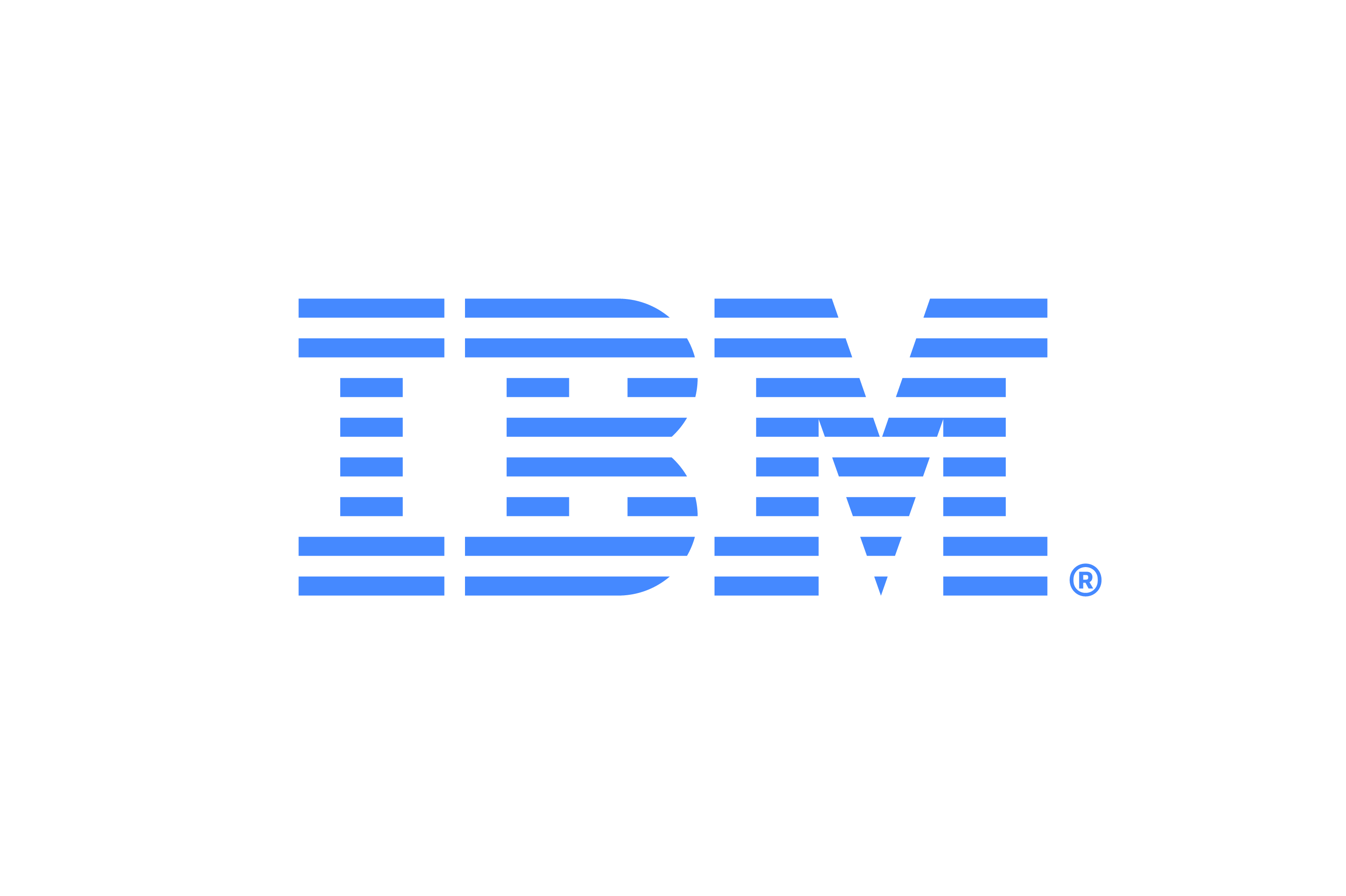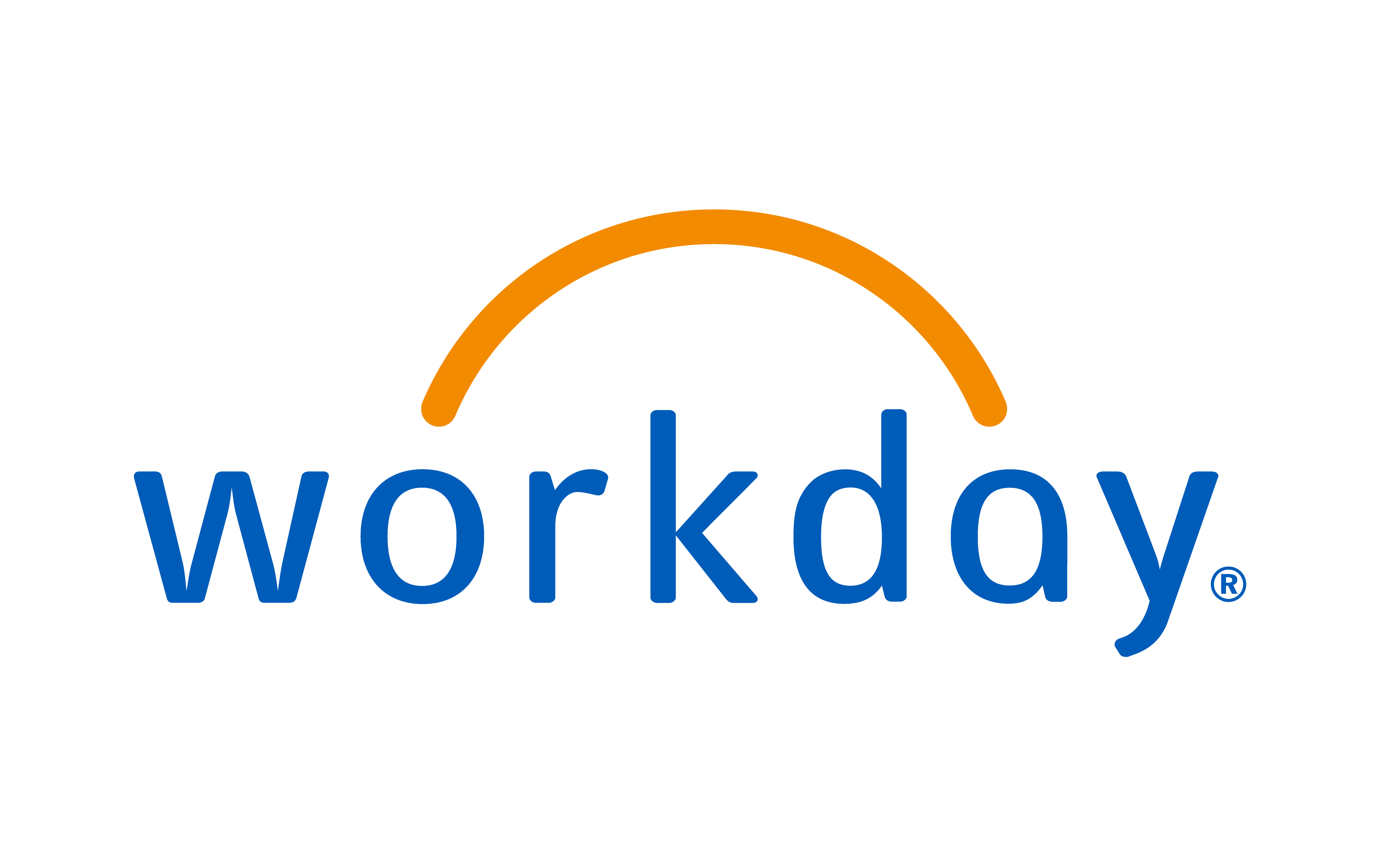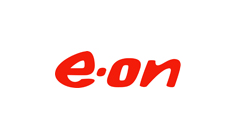
The way Airbnb blindsided the accommodation sector, or how the behemoth that is Uber (current valuation: $50 billion) left taxi companies to chew its dust, serve as yet another reminder that customer loyalty can vanish in an instant. When the word is out that another business is able to provide a service that is faster, cheaper and more personalised, it can leave well-respected, established market stalwarts dazed and confused.
Tony Cowling, Criticaleye Board Mentor, and former CEO and Chairman of market research company TNS (formerly Taylor Nelson Sofres), comments: “The drivers for a major ‘change’ of customer offer are rarely, in an established organisation, triggered by the company itself. Typically events are occurring in the wider market, which force a reconsideration of your customer offer."
There are many catalysts for change in customer behaviour, be it the economy, technology, or, as mentioned before, the arrival of new kids on the block. Andrew Miller, Chief Executive Officer of the media company Guardian Media Group and former Group Chief Financial Officer of car classifieds concern Trader Media Group (since rebranded as Auto Trader Group), says: “The experience of Trader taught me several different things about transformation. Number one would be that, whether you like it or not, you have to follow your consumer.
“What we did pretty quickly in Trader was realise that people were searching for cars in a more online way, and we followed that by putting investment behind it and supporting car dealers in that process.”
This proved to be a smart decision and something Andrew applied in his role at GMG: “It’s about accepting and understanding where your readers are now consuming, or will consume, their news content and making sure we build the content in the right way...
“That’s why, for example, we are embracing social media and new formats like video and mobile, because that’s how people are consuming their news, whether you like it or not."
Stephen Ingledew, Managing Director of Customer and Marketing at savings and investment business Standard Life, explains that the company had to make the transition from B2B, working through employers, intermediaries and advisors, to contacting customers directly. It involved a significant adjustment in regards to how the business approached engagement.
“We weren’t really geared up for that shift,” he explains. “In the past we used to send customers a piece of paper once a year with some numbers on, technical jargon, which didn’t really mean too much to them.
“We recognised that we needed to start talking to these customers, communicating with them beyond being just very technical. We needed to do it in a way that was easier, simple and was helpful to them; therefore understanding their broader needs was vital.”
It’s something that had to be carefully managed. “Once we had built the online service and products, we wanted to make sure customers were engaging with our new propositions and to do that we needed to ensure they were relevant to their lives on a much more personal level," he says.
Making a change
During periods of disruption, such as the emergence of the 'sharing economy', it's tempting for leaders to anchor themselves to the status quo. Andrew Miller says he’s surprised by how some organisations remain wedded to their traditional models: “I still, even in this space, look at many of our competitors who seem in denial about how the consumer is changing their behaviour.”
Rita Clifton, who is a Non-executive Director on the boards of Nationwide, ASOS and Bupa, explains that, when it comes to digital in particular, big decisions about the allocation of resources will have to be made at the top of the company. “The CEO needs to be open and willing to make tough decisions,” she comments.
“They have to be bold and present to the board, and you need a board that is not scared or paralysed by change; they have to provide the support that’s needed and be prepared to think differently.”
A similar point is made by Andrew Minton, Executive Director at Criticaleye, comments: “The onus is on CEOs and senior executive teams to create a culture whereby an organisation is able not only to detect changing customer needs, but respond appropriately.”
Unfortunately, fresh ideas on strategy and direction become lost in the organisation. Simon Pringle, Head of Sustainability and Innovation for professional services firm BDO, comments: “A lot of businesses remain largely pyramidal in shape. You’ve got a very narrow group of people at the top, a broad base and in between there is a layer of intermediate middle management. It’s that group which is critical in respect to driving the culture.
“What they can do is stop messages going up and down the business. If that group of people is not engaged, or doesn’t own the agenda and embrace it, then they can act like blotting paper. By getting them actively engaged, they will help the more junior members of staff understand how to translate the strategy of the company through their day-to-day actions.”
According to Simon Calver, Chairman of online printing company Moo.com and former CEO of Lovefilm: “You need to create an organisation that can adapt to change, that isn’t set in its ways, and therefore you need people who are flexible. The more agile the team and the strategy they can deploy, the more likely they are to win in the long term, because… you don’t always get it right the first time.”
As a company seeks to compete in a fast-moving market, it's essential the customer proposition is understood. Simon continues: “I do a lot of work with businesses and I sit down with the chief executive or the founder and I say: ‘Okay, explain to me in a minute what your business does and what the point of difference is,’ and often many people struggle to do that.
“Before you change things and try to do things radically different, are you really sure that you have a clear proposition?”
A winning reaction
Criticaleye Board Mentor Tony comments that, to a major or minor degree, there will always be new products and services which attack ‘traditional’ ones, causing customers to switch: “When such events occur, and they happen frequently, large corporates should follow the maxim of ‘second entrant advantage’.
“If you are already the dominant player, and a new entrant or major competitor offers something that is a ‘market disruptive’, you need to watch their initiatives and advertising messages; monitor their sales performance and momentum, and where innovations succeed, copy them fast.”
Tony recalls when new entrants and competitors to TNS started to offer online interviewing, which he and his team considered to be an inferior product: “However, it was so much faster, cheaper and acceptable [for clients], that we had to compete. TNS had no option but to offer a similar service to both new and existing customers, alongside our existing, higher quality offers.
“In terms of quality we had to make our new product as good as we could within the parameters available. Again, this shows it is not a change we wanted to make, or recommended our clients make, but the market obliged us to follow the changing customer preferences.”
Simple and straightforward it may seem, but over the course of the next 18 months plenty more boards will realise they’ve vehemently defended business models which are suddenly seen as obsolete.
I hope to see you soon.
Matthew
https://twitter.com/criticaleyeuk










 (002).png)















